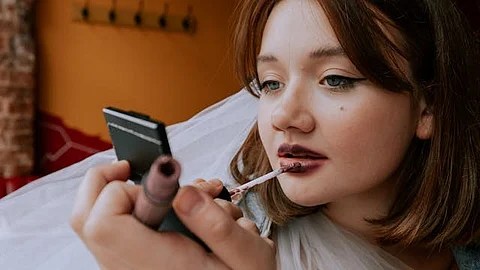Frequent dyeing, bleaching, heat styling, and extensions are common in beauty culture, but they take a toll on hair health. Split ends, thinning, and breakage often follow years of overprocessing, leaving hair fragile and difficult to manage.
Limiting chemical treatments and incorporating protective styles can help restore hair strength. Investing in professional advice before trying major changes like bleach or permanent straightening prevents mistakes that take years to reverse.
The beauty-obsessed culture we see online offers inspiration, but it also carries risks that can affect both physical and mental health. From unregulated products and extreme routines to the psychological toll of constant comparison, navigating this world requires intention and awareness.
MBT pg


